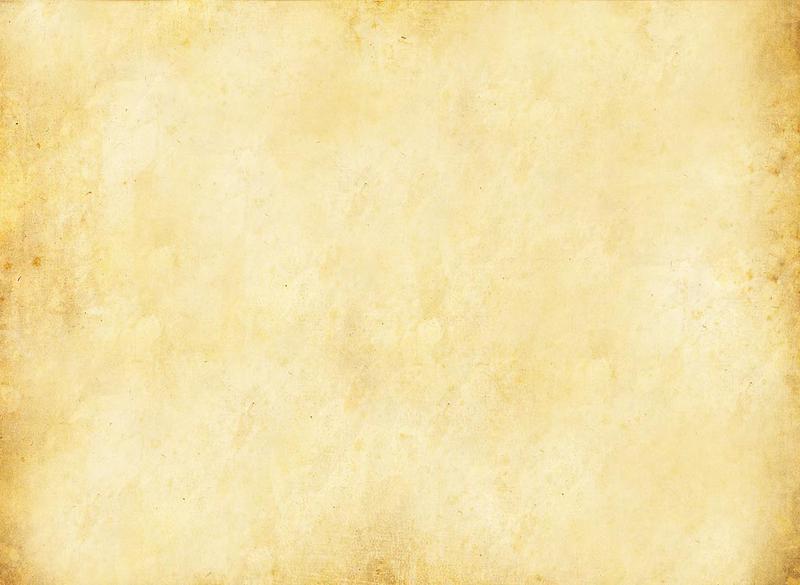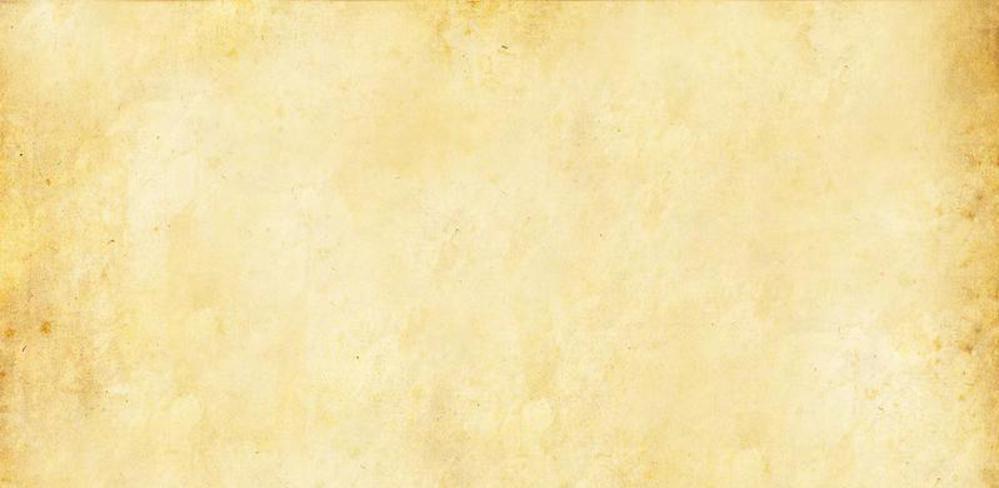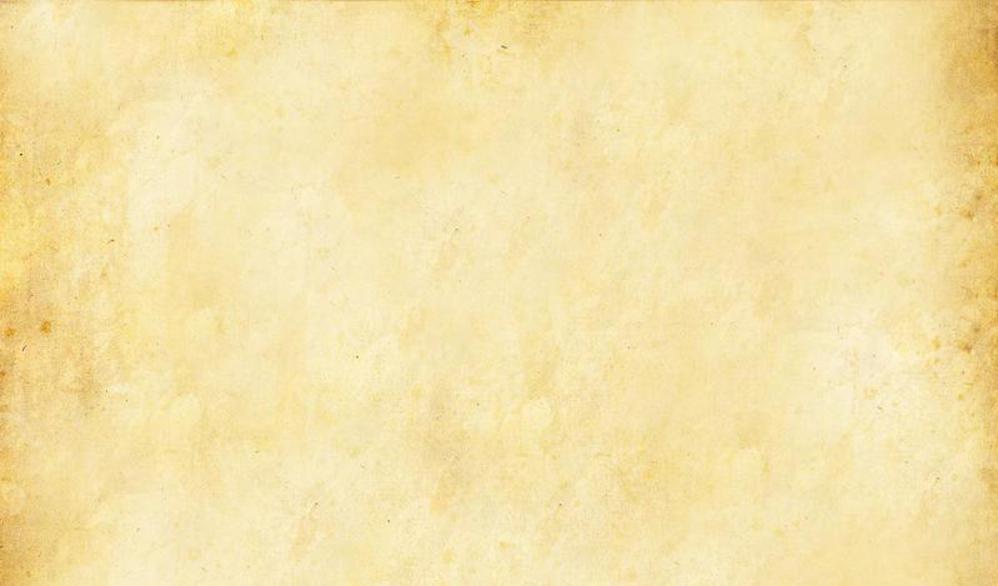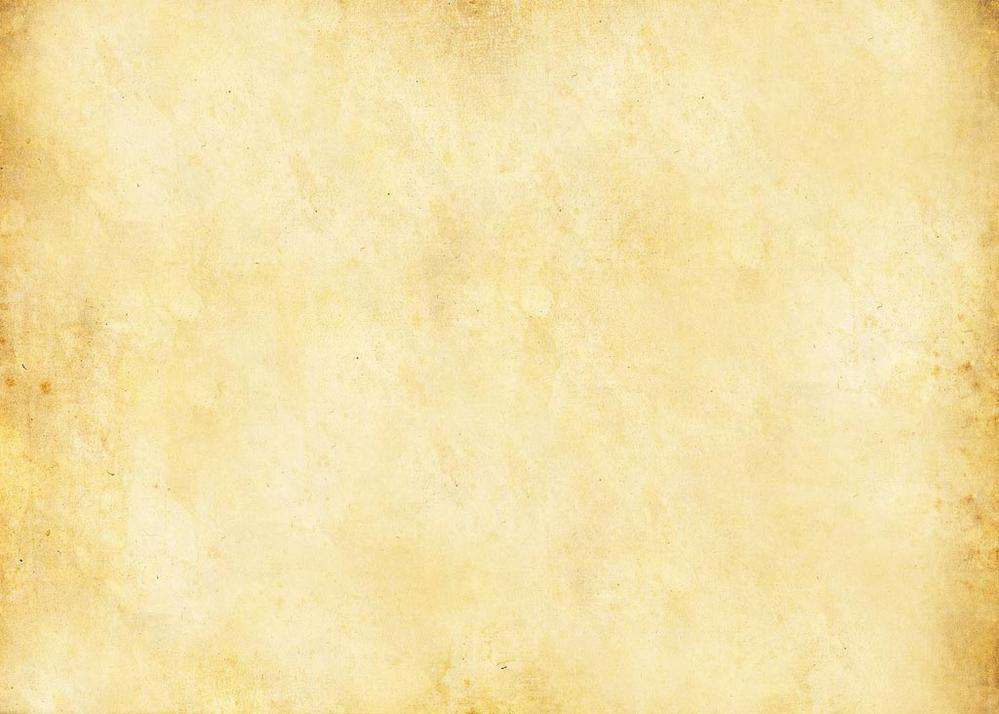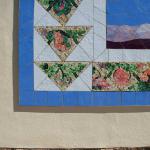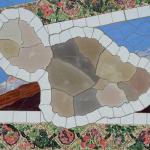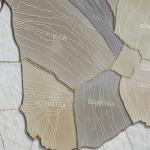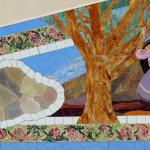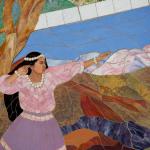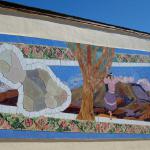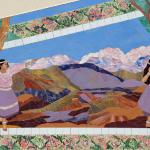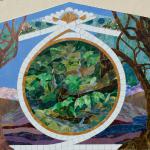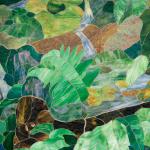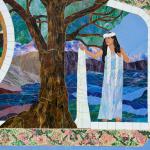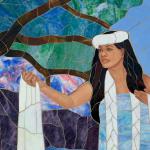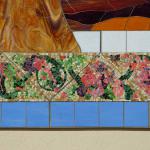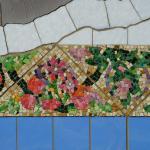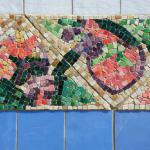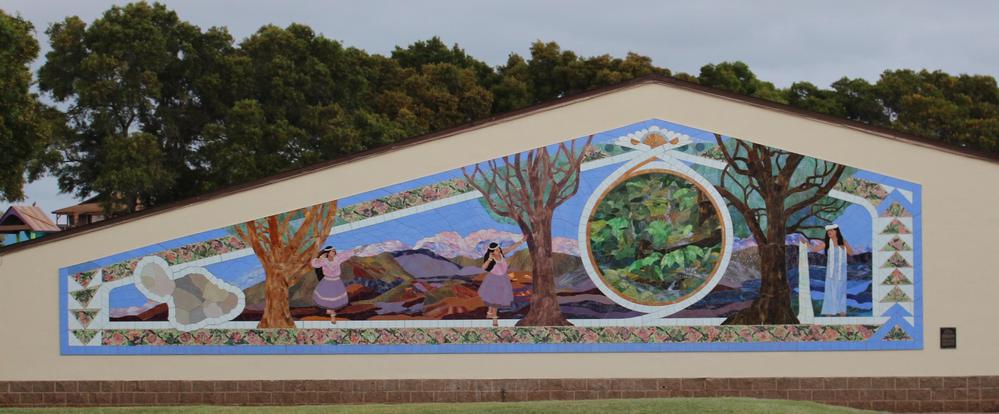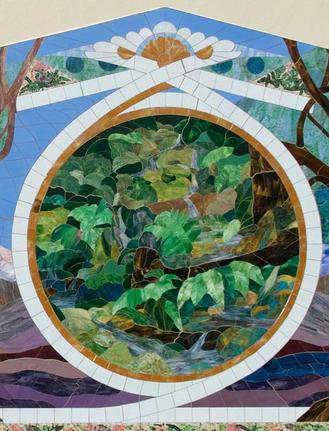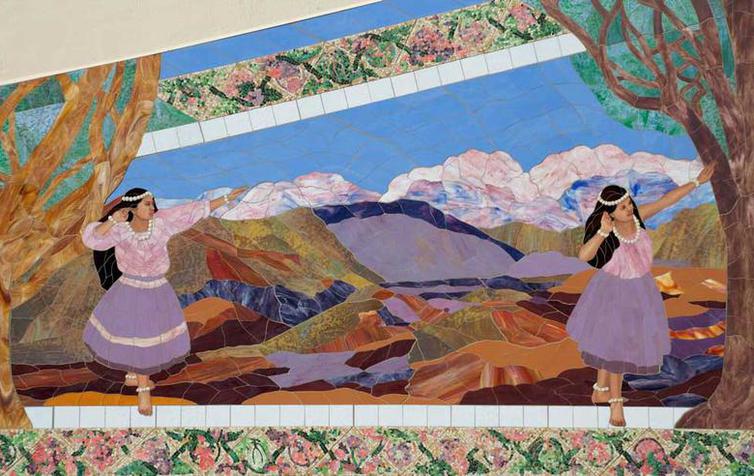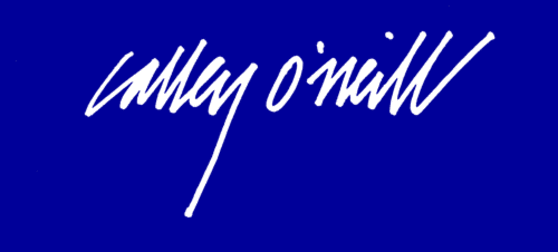PUKALANI ELEMENTARY SCHOOL
Email Calley: [email protected]
Imagine! Ancient forests were treasures troves. Once upon a time, all of Maui was forested, and one only entered the open sun-drenched beaches at the ocean’s edge. Imagine the beauty and the spirit of this land! All of Maui was a magical forest!
Fed by healthy life giving streams, all the Hawaiian Islands were forested at pre-contact time. Developed on these islands in the middle of sea in isolation over 35 million years, the winds, water, and birds carried 10,000 plus known plant species to the most remote land on Earth. The array of species that we know today is tiny in comparison to Nature’s ancient and diverse treasures.
More than 90% of Hawaiian forest species are found nowhere else on Earth. They are endemic. There are an astonishing 48 types of forests here, with at least 175 species of native trees. The forests once were habitat for at least 140 species of birds, 70 of which are extinct, the ‘Alala extinct in the wild, and 30 endangered. Thus, the synergy of antiquity and isolation created some of the most spectacular biodiverse (a multitude of species creating ecological stability) treasure troves anywhere on Earth. In a process known as adaptive radiation, one species became many here, again, more than anyplace else on Earth. Nature kept creating. The leeward flanks of Haleakala were once extensively covered in majestic forests with trees exceeding 100’ tall. The trees gathered the fog and mist, contributing up to 30% of annual soil moisture. They held and built the rich soils, and protected the reefs from erosion.
 | ||||
People are Talking...
Mark and I visited your Pukalani Elementary School mural last Thursday on Maui. It is wonderful (words actually fail me). We were surprised to find a tile mosaic when we expected a painting. it is one of the most beautiful works of art we’ve ever seen. I hope to get a chance to talk to you about it someday. Two little girls came by and I asked them if they liked their new mural and they exclaimed, “We love it!"
Love,
Lou Ann
Jazz Singer
According to the Leeward Haleakala Watershed Restoration Partnership, over the last 200 years due to logging, overgrazing, invasive plants, and introduced diseases, less than 10% of the leeward (dryland) forest remains. Throughout all Hawai’i Nei, more than 90% of all the dryland forests have been destroyed, as have more than 50% of the mesic (environments having a moderate amount of moisture) and rain forests. This deforestation has triggered the loss of natural forest leaf mulch, and the extreme loss of 5’ - 8’ of topsoil. Imagine that! WE have work to do! Maui’s forests are known as ‘museum forests’ that no longer rejuvenate themselves. Restoration of native forests is our best hope for a sustainable future. This is all the more dramatic given the treasure trove traditional ecological knowledge (TEK) and wisdom of the Hawaiians of old, who were farmers, not fighters.
The farmers of old have been duly recognized for their great ingenuity and efficiency in maximizing rainfall, and preventing soil erosion and fertility loss by stone terracing across the land at intervals, mirroring its slope. Their use of mulches to preserve and build soil fertility was outstanding. Their use of water was conservative and ever mindful of the needs of those below them. Only that which was needed was taken.
Throughout Hawai’i, 90% of the streams have been diverted or channelized for commercial agriculture and development, drying up the natural stream ecosystems that brought such abundant life to the land and the people, and minerals to the ocean floor ~ an unsustainable situation.
It is essential to restore the forested watersheds that covered Maui. The kupuna (our elders) teach us to acknowledge and care for the stream systems that support life, so that we can restore our relationship to our land, our place, and the biodiversity (variety of life) that sustains us. To love where one lives and uphold life is to be an outstanding citizen.
The mural seeks to inspire children to nurture their connection with each other and the land, teach the children who they are, where they come from, and how to support life, so that they can communicate this and pass it on to the next generation. The children that understand this will become wise and great innovators and leaders, for there is great work to be done to create a healthy and truly abundant future. There is infinite potential for all the children and their children’s children to thrive and make a positive difference in the place we love the most - home!
Pukalani is in the moku of Kula, which lacks perennial streams and is renowned for its spectacular koa forests, dryland plants, and now extinct top predators, giant geese and ducks. Later, starting circa 1200-1500 years ago, Pukalani’s 'uala (sweet potato) thrived rather than kalo (taro) cultivation, which requires more water.
The people of old Hawai’i grew over 200 varieties of ‘uala. We will be wise to learn from the abundant traditional ecological knowledge (TEK) and wisdom of the Hawaiians of old, who were farmers, not fighters.
The sophisticated farmers of old have been duly recognized for their great ingenuity and efficiency in maximizing rainfall, and preventing soil erosion and fertility loss by stone terracing across the land at intervals, mirroring its slope. Their use of mulches to preserve and build soil fertility was outstanding. Their use of water was conservative ~ ever mindful of the needs of those below them. Only that which was needed was taken. Now, through extensive stream diversion over 150 years, Maui has more eroded watersheds than any other Hawaiian island.
NA WAO OLA A'O PI'ILANI
The Life Giving Forests of Maui
A Hawai’i State Foundation on Culture and the Arts Art in Public Places
Stained Glass Mosaic Mural by Calley O’Neill
Hahai no ka ua i ka ulula’au. — The rain follows after the forest.
Destroy the forest, the rains will cease to fall, and the land will become a desert.
'Olelo No'eau - (Hawaiian Proverb)
Permanent stained glass mosaic mural on Pukalani School’s prominent B building entry wall. The mural measures 52’ wide by 11’ high at the apex) with a 12” high by 24” wide smalti mosaic border handcrafted by 313 students, teachers and parents, around the periphery.
Art and Soul for the Earth
Big Island of Hawai'i
